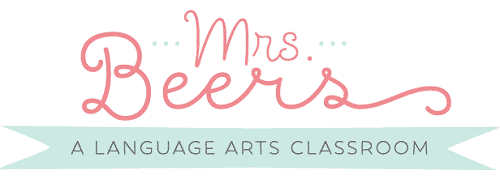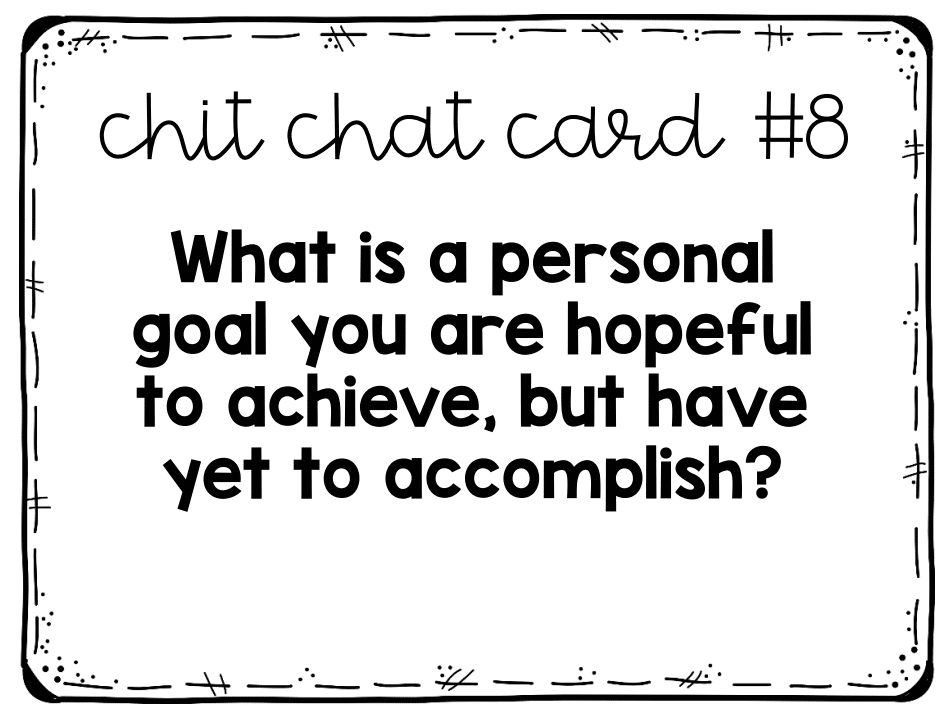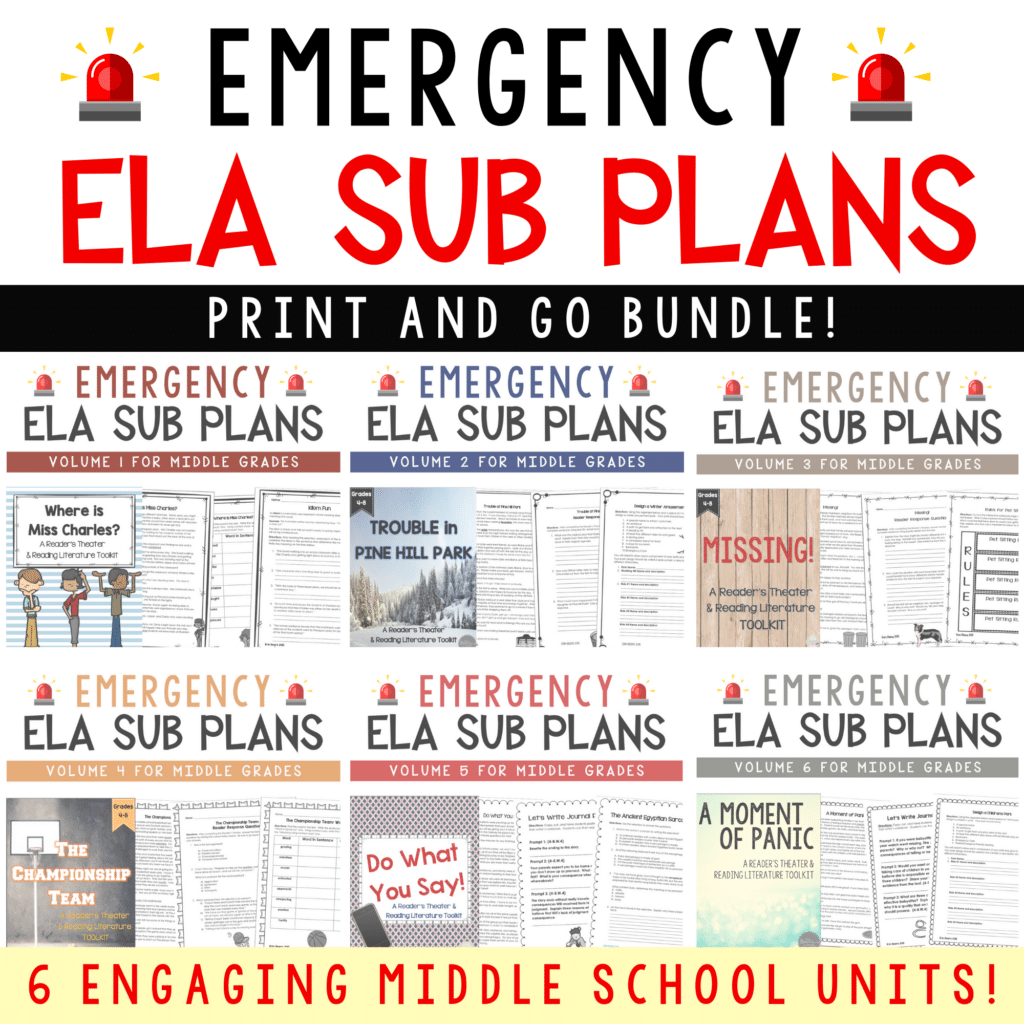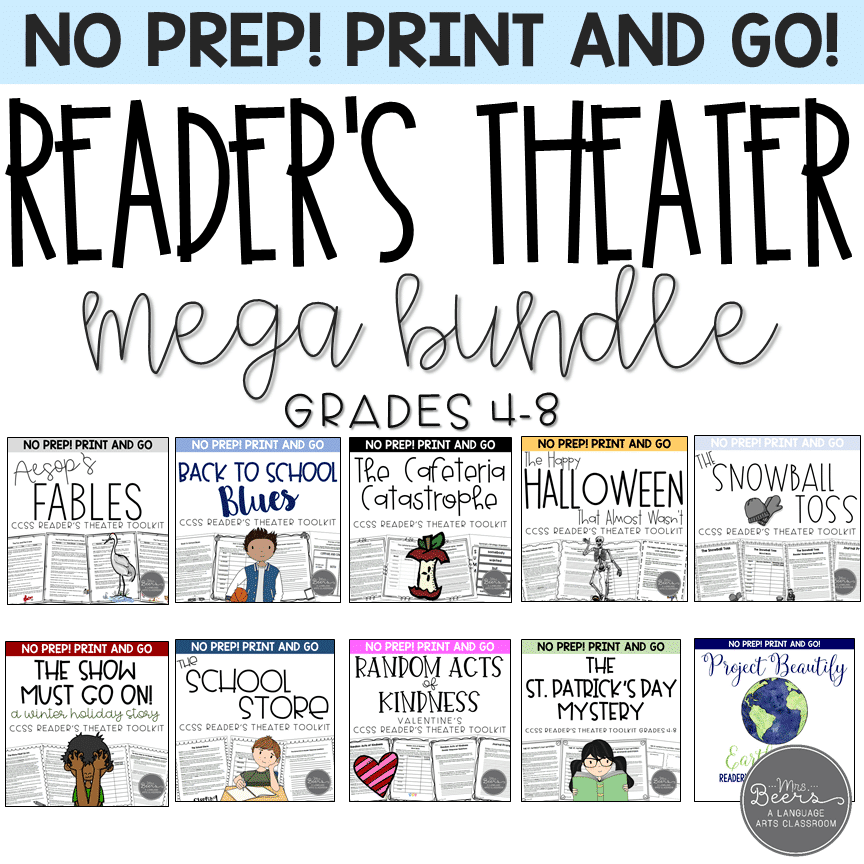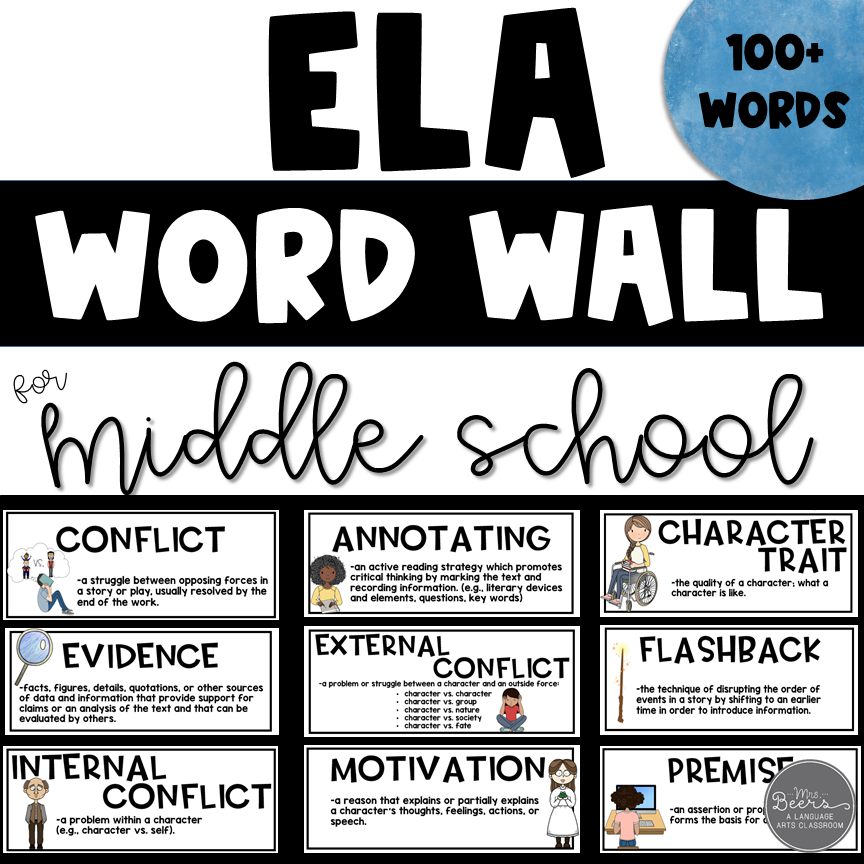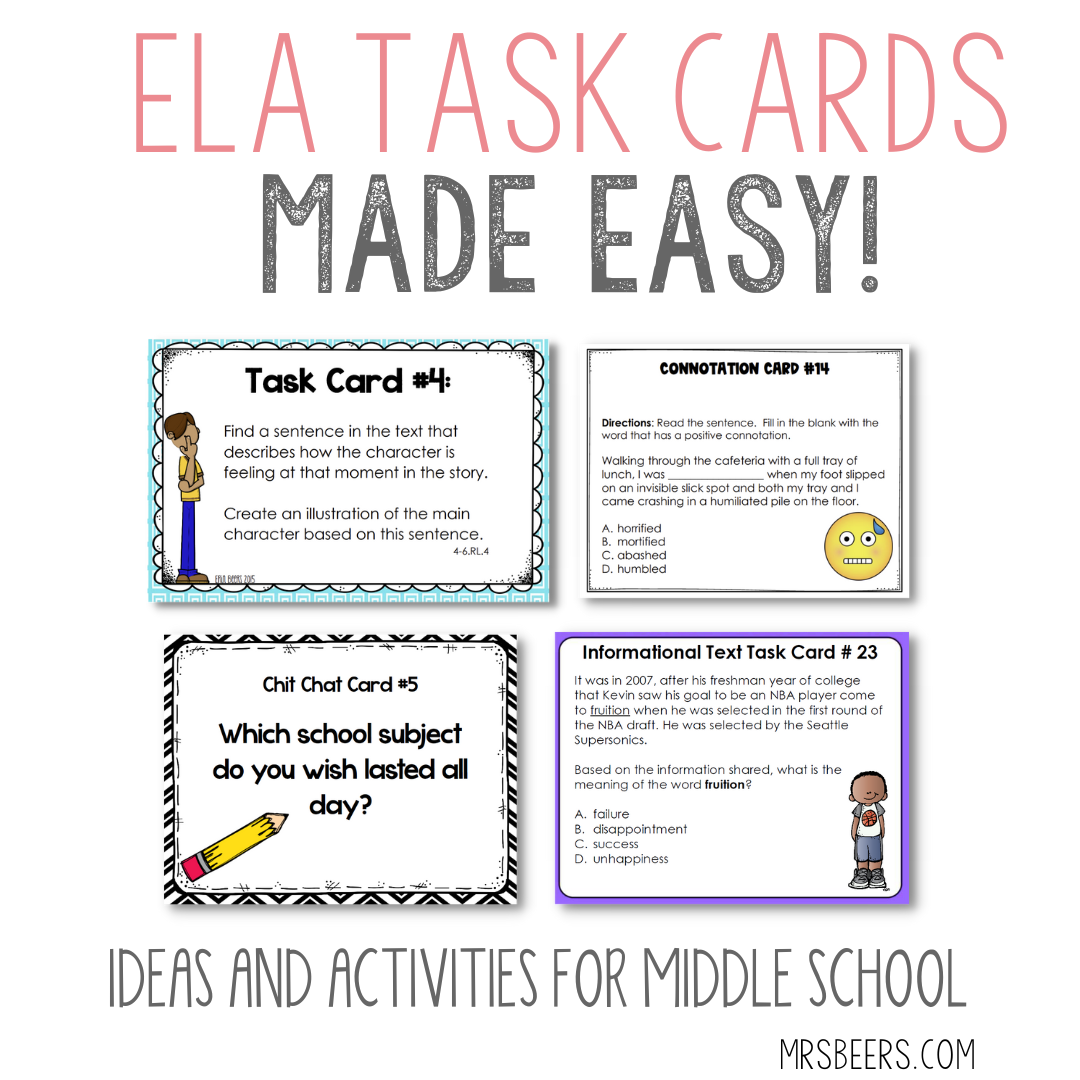
Task cards are a fantastic teaching tool with dozens of different ways to incorporate them into your middle school classroom. I have used task cards with my ELA students for everything from icebreaker activities to context clues and character analysis work.
Typically, a task card features a single question, challenge, or conversation topic for students or small groups to complete. By drawing focus to a very specific topic, students can analyze and practice concepts more purposefully. And because task cards are portable and convenient, they give teachers multiple ways to differentiate instruction.
Here are a few of my favorite teaching ideas and task card activities to try with your middle school students.
How to use task cards
There are dozens of creative ways to use task cards depending on your teaching goals. As a language arts teacher, I typically use one of the following formats:.
- Design a whole-class scoot activity. Divide a full set of task cards into smaller groups and rotate them among students or tables. Allow enough time between scoots for students to read their card and complete the answer document.
- Incorporate task cards into a literacy center for students to work on when they are scheduled, or when they have completed their work and are ready to move on to a new activity.
- Use task cards as an independent activity, in pairs or directly with the teacher. You can use them as a formative assessment, or reference them during a reading conference.
- Task cards can also be used to lead a whole-class discussion. One way I’ve done this is to break into small groups first, which gives students time to review the discussion topics. From there, we meet back as a whole class to compare our ideas and analysis.
- In addition to whole-class discussion, I’ve had a lot of success with a variation of task cards that I call CHIT CHAT CARDS. Instead of having students write down responses, I create conversation cards that keep them on topic yet able to listen, speak, and discuss.
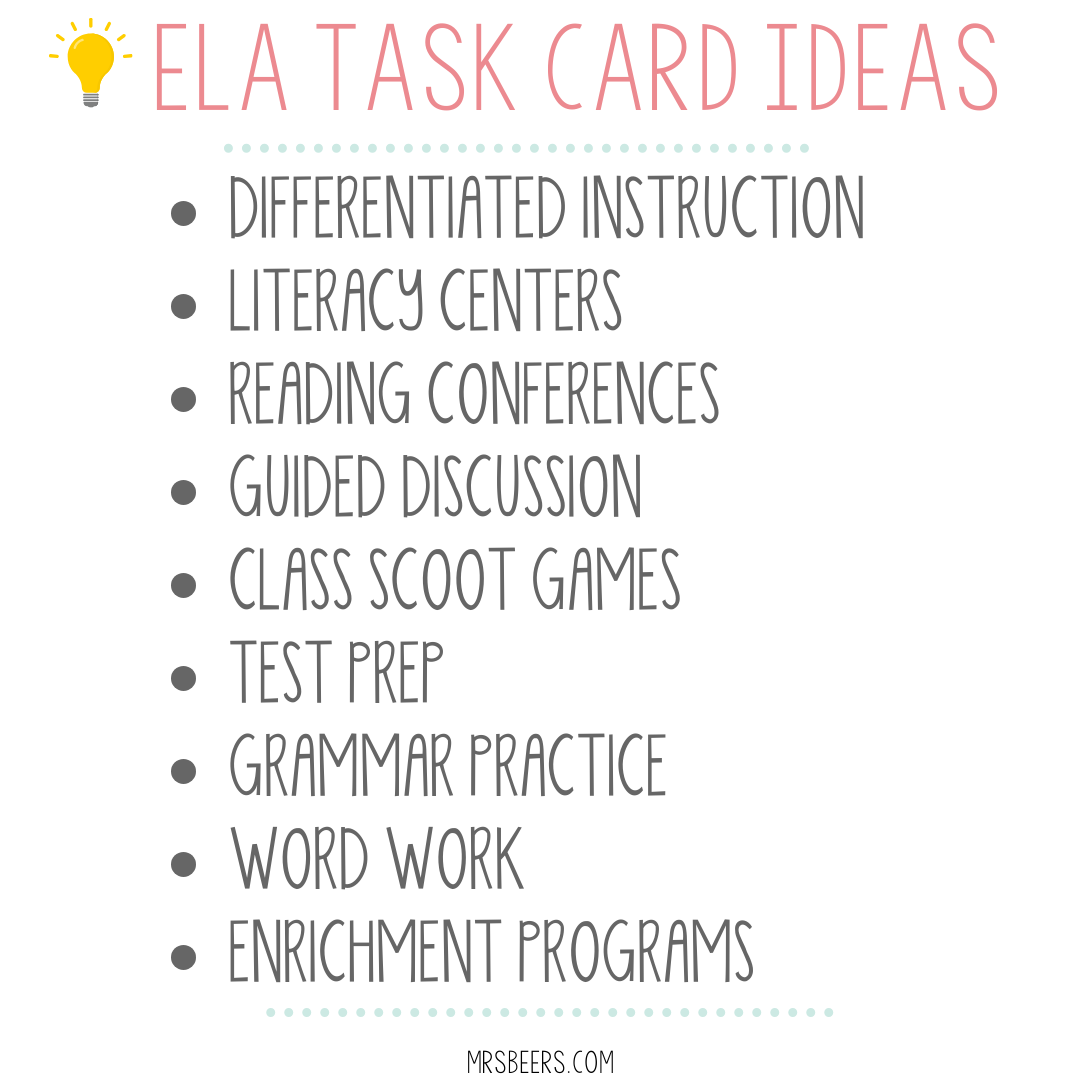
5 Task Card Ideas for Language Arts
Almost every core subject or learning concept can be reinforced through task cards. A quick search on Pinterest will give you hundreds of ideas for math cards, science, reading, and more! Here are 5 engaging ideas from my most popular task card resources…
Icebreaker Chit Chat Cards

Icebreaker discussion cards are the perfect “first day” activity. Not only does it help students feel connected to their new classroom, but teachers can observe the groups for an initial assessment of fluency skills. The example above comes from my Getting to Know You! Editable Back to School Chit Chat Cards.
Vocabulary Task Cards
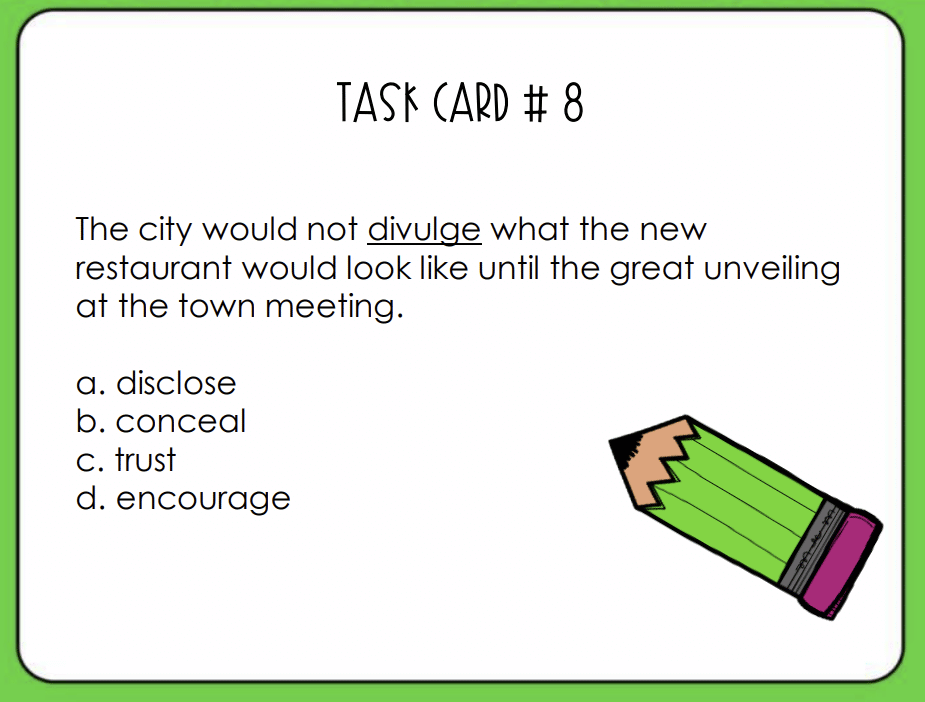
Identifying the meaning of unknown words using context clues is something my students always need to practice. Recognizing context clues is an example of an ideal task card activity. The concept is relatively simple to understand, but it can get tricky when you add new vocabulary terms to the equation. This is where practice makes all the difference. The example above comes from my Context Clue Task Cards for Middle School resource.
Character Analysis Task Cards
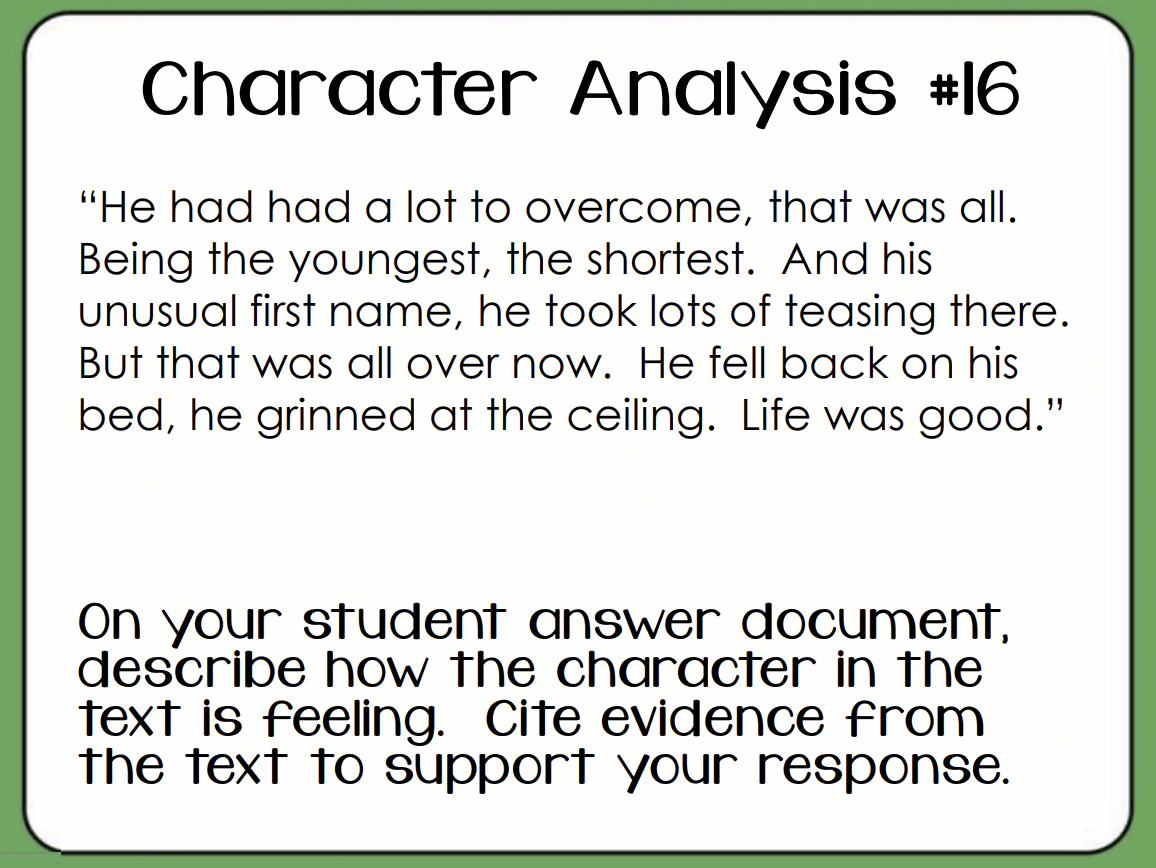
Teaching character analysis is another concept I’ve found works well with task cards. By presenting students with multiple short passages to analyze, you expose them to different writing styles and points of view. The task card pictured above is from my Character Analysis Task Cards resource.
Reading Task Cards

Task cards are great for end of novel analysis, especially if you have students reading different books at the same time. While comprehension and reader response questions are good assessments of understanding, reading task cards offer a deeper opportunity for students to reflect on the writing techniques used within a story. The task card pictured above is from my Reading Literature Task Cards resource.
Display and Discuss Task Cards
Do you display reference charts or classroom expectations on the walls of your class? If so, try using task cards as a complimentary activity to highlight their importance. I have a word wall in my classroom, and every year there are students who never notice many of the terms until I point to them during a lesson. Pair discussion cards with your classroom displays to help students recognize and think more about the learning resources within your classroom. The image above is from my Growth Mindset Chit Chat Cards resource.
How to make your own task cards
Creating your own task cards is easy if you only need a simple layout. I use PowerPoint to design all of mine, using digital border templates I purchase from TPT. PowerPoint offers a plethora of free themes and border frames as well. I listed steps to get started below and included a free task card template you can use as a planner.
Step 1: Start with a blank PowerPoint slide. You can fit 4 task cards on each slide, but first you need to divide the slide into 4 sections. Add 4 rectangles from the drawing > shapes selector within the ribbon toolbar.
Step 2: Move and adjust your rectangles to split the slide into four parts. You can also edit the colors and borders using the shape fill and shape border options in the ribbon toolbar.
Step 3: Insert a text box into each quadrant and adjust the font and size as needed. I add two text boxes to each quadrant when I’m making multiple-choice cards. This allows me to have a different font size for the question and answer sections.
Step 4: Save your first slide as a template! You will save yourself hours of design time down the road by keeping a master task card template in your files. You can always change your colors and fonts on the next project, but it helps to have a working draft ready at all times.
Step 5: Within your presentation file, duplicate your first slide as many times as needed to build your full set of task cards. You can also add a student answer document, but I prefer to use Word or Excel to design those.
ELA Task Cards Made Easy!
The most time-consuming part of creating task cards is, of course, adding all of the content. You can easily spend a few hours of planning time writing out questions, aligning them with an answer key, and creating a document for students to record their answers. On the bright side, task cards are often evergreen resources that can be used many times.
I have created several printable task card resources during my teaching career. If you are interested in trying task cards (and preserving your planning time), take a look at some of my print and go pdf task cards below.
ELA Task Card BUNDLE for Grades 4-8
Chit Chat Cards Bundle for Grades 4-8
Classroom Expectations Display and Discuss
COMMON CORE STANDARDS
Every set of my ELA Task Cards and Chit Chat Cards is designed to cover one or more of the Common Core standards below.
TASK CARDS:
CCCS RL4.1 Cite textual evidence to support analysis of what the text says explicitly as well as inferences drawn from the text.
Related standards: RL5.1 RL6.1 RL7.1 RL8.1
CCCS RL4.2 Determine a theme or central idea of a text and how it is conveyed through particular details; provide a summary of the text distinct from personal opinions or judgments.
Related standards: RL5.2 RL6.2 RL7.2 RL8.2
CCCS RL4.3 Describe how a particular story’s or drama’s plot unfolds in a series of episodes as well as how the characters respond or change as the plot moves toward a resolution.
Related standards: RL5.3 RL6.3 RL7.3 RL8.3
CCCS RL4.4 Determine the meaning of words and phrases as they are used in a text, including figurative and connotative meanings; analyze the impact of a specific word choice on meaning and tone.
Related standards: RL5.4 RL6.4 RL7.4 RL8.4
CCCS RL4.5 Analyze how a particular sentence, chapter, scene, or stanza fits into the overall structure of a text and contributes to the development of the theme, setting, or plot.
Related standards: RL5.5 RL6.5 RL7.5 RL8.5
CCCS RL4.6 Explain how an author develops the point of view of the narrator or speaker in a text.
Related standards: RL5.6 RL6.6 RL7.6 RL8.6
CCCS RL4.7 Compare and contrast the experience of reading a story, drama, or poem to listening to or viewing an audio, video, or live version of the text, including contrasting what they “see” and “hear” when reading the text to what they perceive when they listen or watch.
Related standards: RL5.7 RL6.7 RL7.7 RL8.7
CCCS L4.4 Compare and contrast texts in different forms or genres (e.g., stories and poems; historical novels and fantasy stories) in terms of their approaches to similar themes and topics.
Related standards: L5.4 L6.4 L7.4 L8.4
CHIT CHAT CARDS:
CCSS SL.4.1
Engage effectively in a range of collaborative discussions (one-on-one, in groups, and teacher-led) with diverse partners on grade 4 topics and texts, building on others’ ideas and expressing their own clearly.
Related standards: SL5.1 SL6.1 SL7.1 SL8.1
CCSS SL.4.4
Report on a topic or text, tell a story, or recount an experience in an organized manner, using appropriate facts and relevant, descriptive details to support main ideas or themes; speak clearly at an understandable pace.
Related standards: SL5.4 SL6.4 SL7.4 SL8.4
Add Task Cards To Your Teacher’s Toolbox!
The importance of differentiated instruction has been well documented, and task cards are one of the easiest ways to incorporate different content, processes, and products. The best part for teachers is they are easy to create and you can repurpose them in many different ways. If you are a new teacher, or perhaps new to the concept of task cards, I encourage you to add them to your teacher toolbox!
